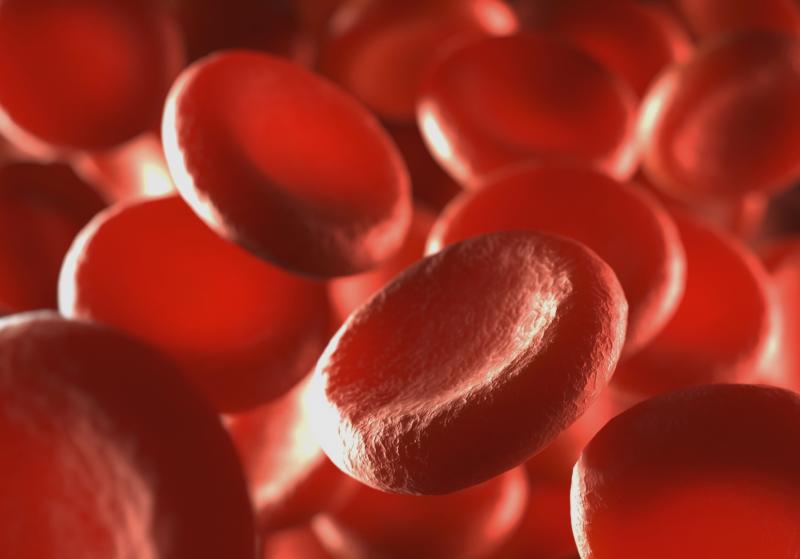
Luspatercept promotes red blood cell (RBC) transfusion independence among low-risk myelodysplastic syndrome (MDS) patients, according to a longer-term analysis of the MEDALIST study presented at the recently concluded 61st Annual Meeting and Exposition of the American Society of Hematology (ASH 2019).
“This longer-term analysis confirms that luspatercept is a potential new therapy for the treatment of anaemia in low-risk MDS with ring sideroblasts,” said Dr Pierre Fenaux, of the Hôpital Saint-Louis in Paris and primary author of the study.
MEDALIST randomized 229 MDS patients to receive luspatercept (n=153; median age, 71 years; 61.4 percent male) or placebo (n=76; median age, 72 years; 65.8 percent male). During the first 24 weeks of the study, significantly more patients in the luspatercept vs placebo arm achieved the primary endpoint of RBC transfusion independence for at least 8 weeks (37.9 percent vs 13.2 percent; p<0.0001).
This effect remained, and even grew stronger, in the present longer-term follow-up (47.7 percent vs 15.8 percent; odds ratio [OR], 5.978, 95 percent confidence interval [CI], 2.840–12.581; p<0.0001).
Disaggregation according to baseline RBC transfusion needs did not attenuate the advantage of luspatercept over placebo. Transfusion independence remained greater in those who needed <4 (OR, 4.17, 95 percent CI, 0.89–19.60; p=0.0547), ≥4 to <6 (OR, 10.00, 95 percent CI, 2.07–48.24; p=0.0013) or ≥6 U (OR, 8.36, 95 percent CI, 2.51–27.83; p=0.0002) of RBC transfusion per 8 weeks at baseline.
Seventy-three patients treated with luspatercept achieved RBC transfusion independence for ≥8 weeks. Of these, 69.9 percent (n=51) experienced more than one separate treatment response episode; 38.4 percent (n=28) and 20.5 percent (n=15), in turn, had ≥3 and ≥4 separate independence episodes, respectively.
The median cumulative duration of treatment response was likewise longer in the luspatercept-treated patients (79.9 vs 21.0 weeks; hazard ratio [HR], 0.485, 95 percent CI, 0.205–1.149). Notably, 12 patients (7.8 percent) who received luspatercept were transfusion-free after the first dose, lasting through 48 weeks of follow-up.
In terms of safety, 134 patients (87.6 percent) in the luspatercept arm and 63 (82.9 percent) in the placebo arm experienced at least one treatment-emergent adverse event (TEAE). The rate of discontinuations due to such side effects was higher in the luspatercept group (13.7 percent vs 7.9 percent).
Serious adverse events, on the other hand, were reported in 41.8 percent and 30.3 percent of the luspatercept and placebo groups, respectively. After adjusting for exposures, the resulting incidence rates were comparable between treatment arms (42.3 vs 55.7 per 100 patient-years). The same was true for grade 3 TEAEs.
The present longer-term follow-up of the MEDALIST study reveals that luspatercept has durable efficacy and continues to be significantly better than placebo at maintaining RBC transfusion independence, according to Fenaux. This effect persisted regardless of baseline transfusion burden.